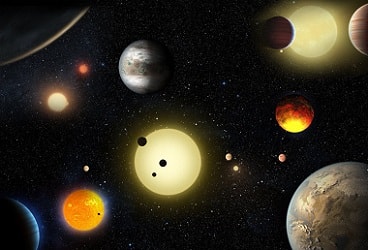
Google and NASA said on December 2017 that advanced computer analysis identified two new planets around distant stars, including one that is part of the first star system with as many planets as Earth's solar system.
The research by Google and the University of Texas at Austin that used data from NASA raised the prospects of new insights into the universe by feeding data into computer programmes that can churn through information faster and more in-depth than humanly possibly, a technique known as machine learning.
In this case, software learned differences between planets and other objects by analysing thousands of data points, achieving 96% accuracy, NASA said at a news conference.
The data came from the Kepler telescope which NASA launched into space in 2009 as part of a planet-finding mission that is expected to end next year as the spacecraft runs out of fuel.
The software's artificial "neural network" combed through data about 670 stars, which led to the discovery of planets Kepler 80g and Kepler 90i.
The latter, a scorching, rocky mass 30% larger than Earth, is the eighth planet found to be orbiting the same star.
Astronomers had never before observed an eight-planet network beside the solar system that includes Earth, researchers said.
Advancements in hardware and new techniques for machine learning have made it possible in recent years for automated software to tackle data analysis in science, finance and other industries.